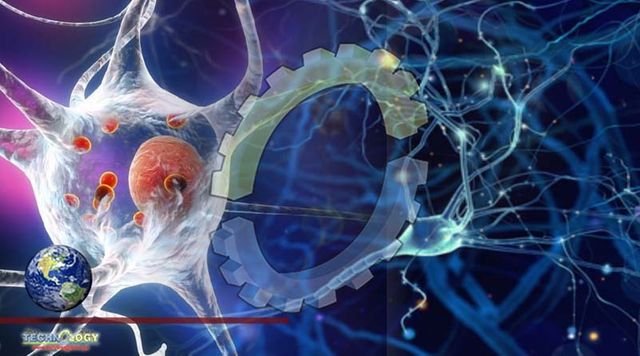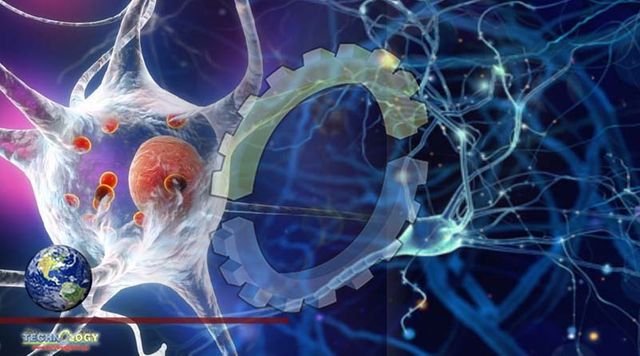In a recent study published in Nature Neuroscience, researchers developed a novel protocol to examine dopamine (DA) neurons extracted from Parkinson’s disease (PD) patients using single-cell genomic sequencing

Studies have not fully elucidated the molecular characteristics of the degenerated DA neurons within the substantia nigra pars compacta (SNpc), a pathological hallmark of PD and Lewy body dementia (LBD). Also, researchers have barely evaluated the cascade of molecular events that lead to DA loss in PD, an understanding of which is crucial for refining laboratory PD models and aiding the development of disease-specific therapies.
The single-cell ribonucleic acid-sequencing (scRNA-seq) technology has enabled profiling and visualization of the human SNpc at single-cell resolution. However, the sample size of sampled DA neurons has remained comparatively small, making it challenging to identify cell-type-specific changes.
In the present study, researchers developed a novel fluorescence-activated nuclei sorting (FANS)-based protocol for selectively enriching DA neuron nuclei from postmortem human SNpc for use in single-nucleus RNA-sequencing (snRNA-seq). Using this advanced technology, they identified ten transcriptionally distinct DA neuron populations.
Next, the researchers used another high-resolution spatial transcriptomics technology, slide-seq, to spatially localize the ten distinct DA neuron populations along the SNpc dorsal-ventral axis. Further, they performed a clustering analysis of each donor species separately to assign profiles to one of seven main cell classes, including DA neurons. They used flash-frozen brain tissue samples from rats, mice, and macaques, including Macaca fascicularis, Tupaia belangeri, Rattus norvegicus, and Mus musculus.
The researchers microdissected the human midbrain and caudate nucleus into five and 10 60-µm sections. Then, immunolabelling was performed on sections cryopreserved at −15 to −20 °C. For retrieving the 2.5–4.0% highly fluorescent dopaminergic nuclear receptor Parkinson’s disease subfamily 4 group A member 2 (NR4A2) nuclei, the team used a flow sorter using a FANS-based protocol. Likewise, they performed snRNA-seq on NR4A2-negative or 4′,6-diamidino-2-phenylindole (DAPI)-stained nuclei.
The present study generated a remarkable molecular taxonomy of human SNpc DA neurons. The researchers generated 184,673 first-rate profiles, with 8810 average unique molecular identifiers (UMIs) per donor and 3,590 median number of genes per individual. The Parkinson’s disease median number of UMIs per cell was 8,086, and the median number of genes per cell was 3,462, of which 43.6% were from the NR4A2-positive cells observed via flow cytometry.
The authors observed a 70-fold DA neuron enrichment in the NR4A2-sorted nuclei profiles jointly expressing tyrosine hydroxylase (TH), solute carrier family 6 member 3 (SLC6A3), and solute carrier family 18 member 2 (SLC18A2) genes. Notably, the transcriptional factors (TFs) encoded by these clusters of genes are essential for DA neurotransmission.
Furthermore, the authors observed that a DA subpopulation, SRY-box transcription factor 6 (SOX6)-angiotensin II type I receptor (AGTR1), was highly enriched in genes associated with PD. Similar observations have been made by previous genome-wide association (GWA) studies, indicating that the PD-associated genetic risk preferentially influences the survival of the most vulnerable neurons. Studies examining late-onset autosomal dominant (AD) genetic risks have made similar observations.
Transcriptional changes within SOX_AGTR1 cells involved several cellular stress pathways regulated by TFs encoded by the genes tumor protein p53 (TP53) and nuclear receptor subfamily 2 group F member 2 (NR2F2). These pathways, for instance, the TFs encoded by NR2F2, promote mitochondrial dysfunction in PD. Hence, these seemed critical for PD-associated neuronal death
Interestingly, snRNA-seq data indicated that only one cluster of DA subpopulation (out of 10), calbindin 1 (CALB1)_GEM, was unique to macaque and humans and absent in mice and rats. They found the CALB1_GEM cells exclusively in the dorsal tier of the SNpc, which is much more expanded in primates but not rodents. Hence, studies using non-human primate (NHP) models should verify whether the unique CALB1_GEM population is responsible for setting up atypical projections from primate dorsal tier neurons directly to the cortex.
Source: This news is originally published news-medical.net
